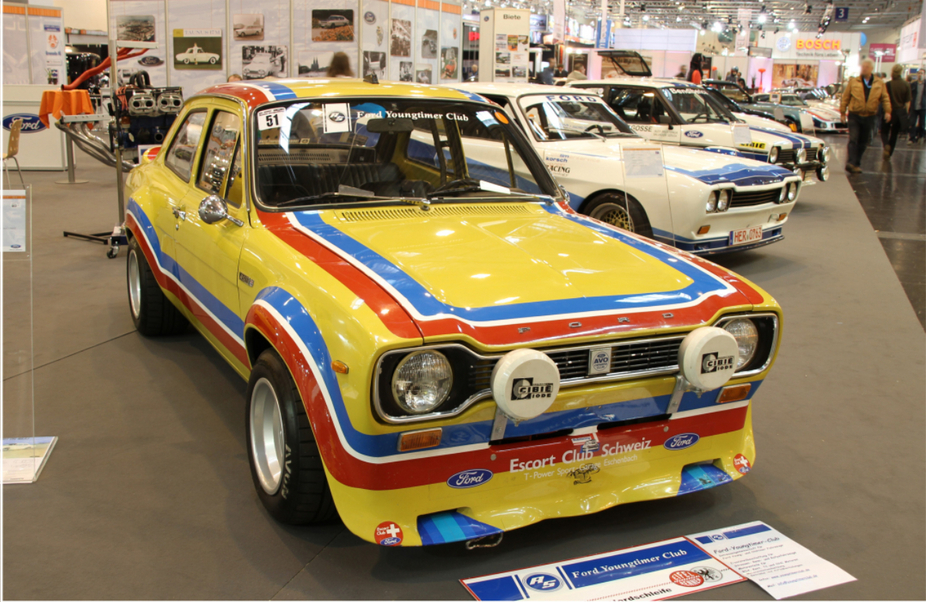|
Send this page to a friend! Fill in the form bellow | ||
Tuning
Tuning: Power and stiff springs…right?
© photo by Georg Schwalbach, licence: Attribution Non-Commercial
In the mid-1990’s there was a tuning revolution and it was as much about self expression as it was about making a car go faster. Today that culture is frowned upon, but what can you still do and what is the way to do it?
Tuning has not always had the negative connotations that are associated with it today. In years gone by when road rallies were popular it was infinitely possible to alter suspension, carburetors and wheel and tyre combinations which would improve both the straight line performance of a car and the handling ability. Today this is more difficult as manufacturers spend countless millions in an effort to find the best combinations of handling, straight line speed and economy.
I have grown up with stories of Mk1 and 2 Escorts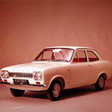 Ford Escort (UK)United Kingdom, 1955 > 20007 series
Ford Escort (UK)United Kingdom, 1955 > 20007 series
70 versions
28 photos
1 video
and Cortinas Ford CortinaUnited Kingdom, 1962 > 19825 series
Ford CortinaUnited Kingdom, 1962 > 19825 series
24 versions
2 photos
, and it is these cars that tradition would like us to believe could be made to handle and go better by the amateur tuner. The reality is of course two-fold. The alterations often being focused differently and the cars in question leaving more to be desired.
The alterations that were often being applied to these cars were copies of what was available on the top models (Lotus Cortina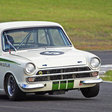 Lotus CortinaUnited Kingdom, 1963 > present2 photos
Lotus CortinaUnited Kingdom, 1963 > present2 photos
and Ford Escort Mexico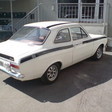 Ford Escort MexicoUnited Kingdom, 1970 > present5 photos
Ford Escort MexicoUnited Kingdom, 1970 > present5 photos
1 video
), and the addition of an off the shelf carburetor or some mini lite wheels would have a reasonable effect because they were exactly what the high performance models used. It is easy to remember these changes fondly because they had a genuine effect and the sports that they would then be entered in were far more socially acceptable than drifting is today.
So, am I arguing that the average car cannot be tuned effectively today unless it is by the manufacturer a la Ford Focus RS Ford Focus RSGermany, 2009 > 20004 photos
Ford Focus RSGermany, 2009 > 20004 photos
? Not exactly.
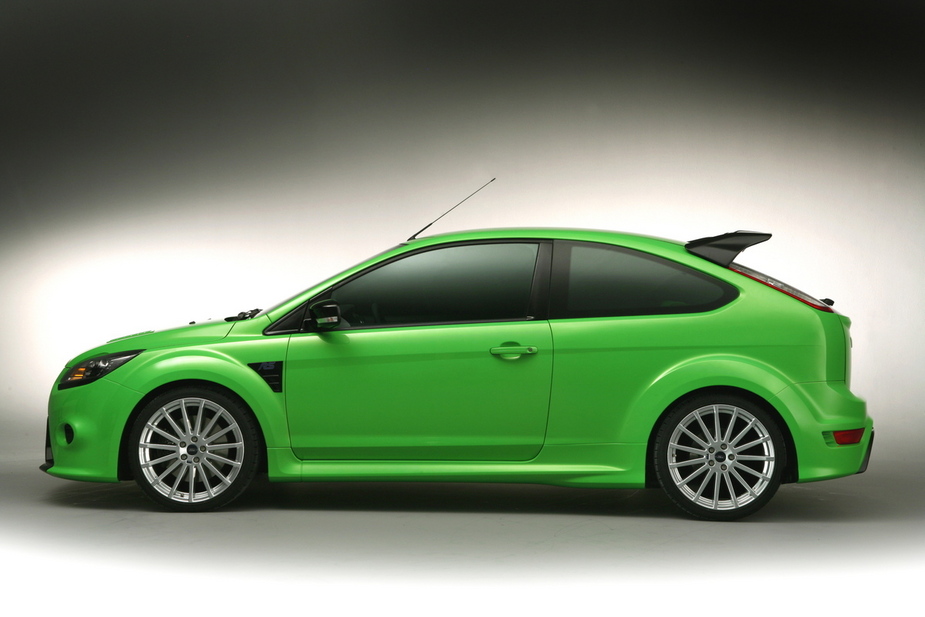
Today, manufacturers offer tuned versions of the standard cars, like the Focus RS.
There are two major areas that are possible to tune or modify in a car, one is the aesthetics and the other is mechanical. It is possibly the former that invokes ridicule from the average purist and something that I will only touch on lightly.
Today new cars spend many hundreds of hours sitting in wind tunnels or the Nardo test bowl having the flow of air measured as it slides over its panels. So, as soon as a ‘theoretically’ downforce producing spoiler is added to the front or rear of a car it is incredibly unlikely that it will actually have the desired effect without a trip to the wind tunnel – which you are not going to do. It may indeed produce some ‘negative lift’ but the increase in drag will more often than not mean that any reduction in Nürburgring lap time will just be wiped out and maybe a little bit more for good measure.
The other area that is attacked by modifiers for aesthetic reasons is the suspension, tyre and wheel combinations that are attached to the vehicle in question. This can have various different effects, and of course, if the desired effect is to have a car that hugs the ground as closely as possible with rock solid suspension and liquorice thin tyres then that is the owner’s prerogative. However, if the wish is to endow the vehicle with cross country (read ‘English roads’) crushing ability these qualities may not be the desired ones.
A quick car is often one that works with the road rather than against it and so merely ‘hard’ suspension will not do the job, obviously an element of chassis rigidity is desired though.
I shall start with the tyres: a tyre will actually form part of the ‘bump absorbing’ ability of the chassis, so slightly thicker sidewalls can be beneficial (look at the sidewall on F1 tyres), it absorbs all of the small bumps that the driver doesn’t want to feel, however, you will need to make sure they are of the appropriate pressure, bear in mind that you can alter the car dynamics by simply adding or removing air.
The next area is the wheels. Big ones may indeed be the style, but they don’t always work that well, sometimes because they require the overly thin tyres described above, and sometimes because they simply weigh too much in the wrong areas. If you have ever sat on a swing and spun it round while flinging your arms away from your body and then bringing them to your chest you will know what I’m talking about, if not, try it. Rotating mass is the enemy of a car, it takes a huge amount of energy to accelerate a mass when it is spinning and this is exponentially true the larger the wheel gets. A big wheel is harder to accelerate, harder to decelerate and won’t absorb imperfections in the road as well. I’ll give two examples: The car of the moment (the Toyota GT86 Toyota GT 86Japan, 2012 > present9 photos
Toyota GT 86Japan, 2012 > present9 photos
) uses a 17” wheel as standard and a Mercedes Benz S 350 cdi Mercedes-Benz S 350 CDI A...Germany, 2009 > present1 photo
Mercedes-Benz S 350 CDI A...Germany, 2009 > present1 photo
actually has higher Co2 ratings for larger wheel sizes.

With ever-more perfected production cars, getting tuning right is a thin line.
Suspension is also, obviously, a key area. It must be stiff enough to make the vehicle predictable on the limit, but well damped enough to absorb the small bumps that throw a car off-line. It all depends on what type of driving you want to do as well though, if you want to drive on super smooth roads or go drifting then stiff suspension can work well too. The key again is balance though, it needs to be adjustable and that goes for damping and spring rates. Suspension tuning is about trial and error, not just one simple setting.
That leaves one final and important area, one that everyone will be familiar with and that goes to engines. It is easy to find more power from turbo engines, so that is where the focus is today, especially with the amount of turbo cars that are flowing onto the market today as manufacturers strive for better Co2 emissions. The wick can be turned up very easily on turbo engines and again it is all about balance. With the increase in power often comes a very ‘spikey’ power and torque curve resulting in vicious turbo lag. For instance, an R34 Nissan Skyline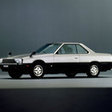 Nissan SkylineJapan, 1957 > 200712 series
Nissan SkylineJapan, 1957 > 200712 series
94 versions
40 photos
was ideally tuneable to 350-400bhp, more and it became difficult to drive (and that was from a starting point of 286bhp).
There is no hard and fast rule for tuning, but I think what is clear is that the tuner needs to understand what they are looking for from the car. If it is purely aesthetic then a lot of the comments from above fall into the ‘file under B for bin’ category, but if genuine improvement in performance is what is desired then adjustability is the key.
We hear Formula 1 drivers talking about balance and that is it: power - but not too much and stiff suspension - but not too stiff is the order of the day.
Contribute
latest articles



popular articles




